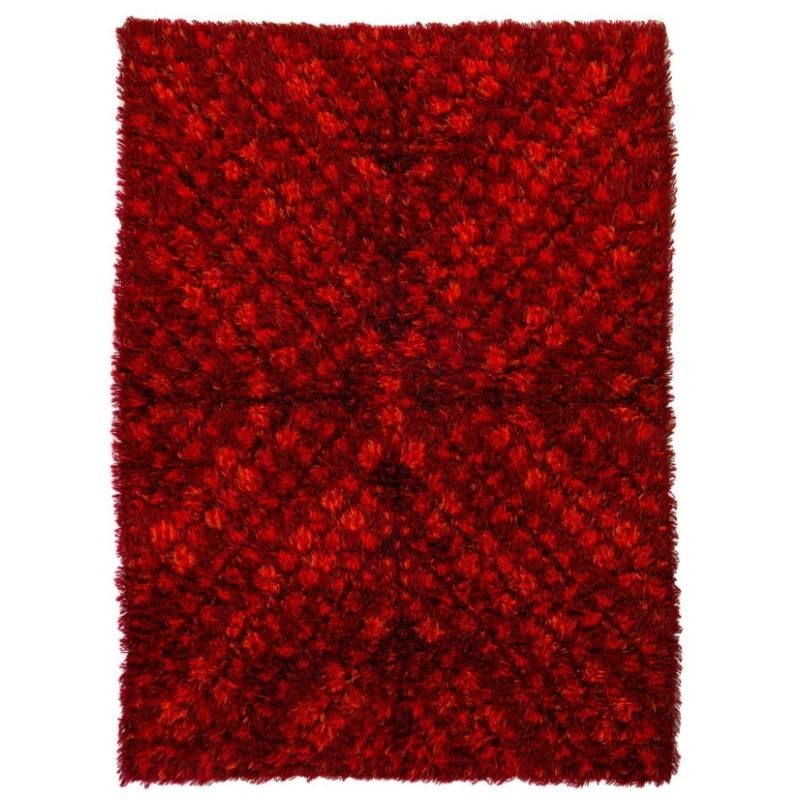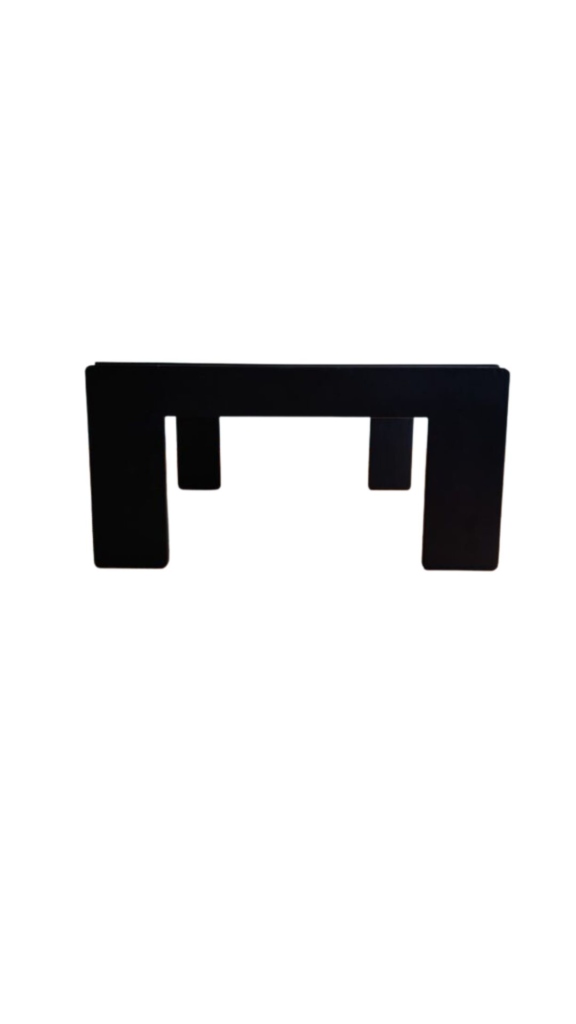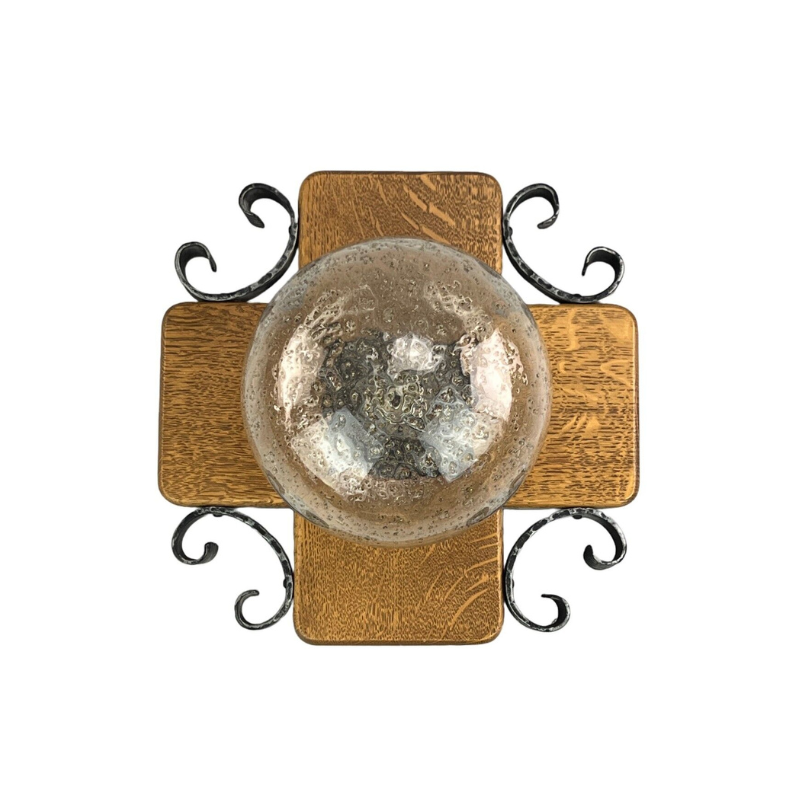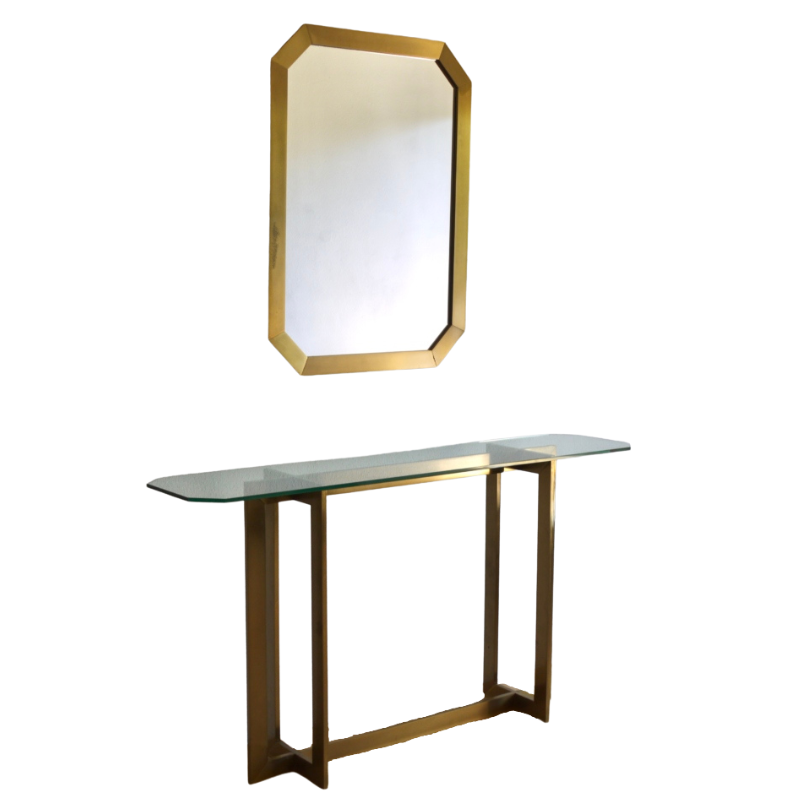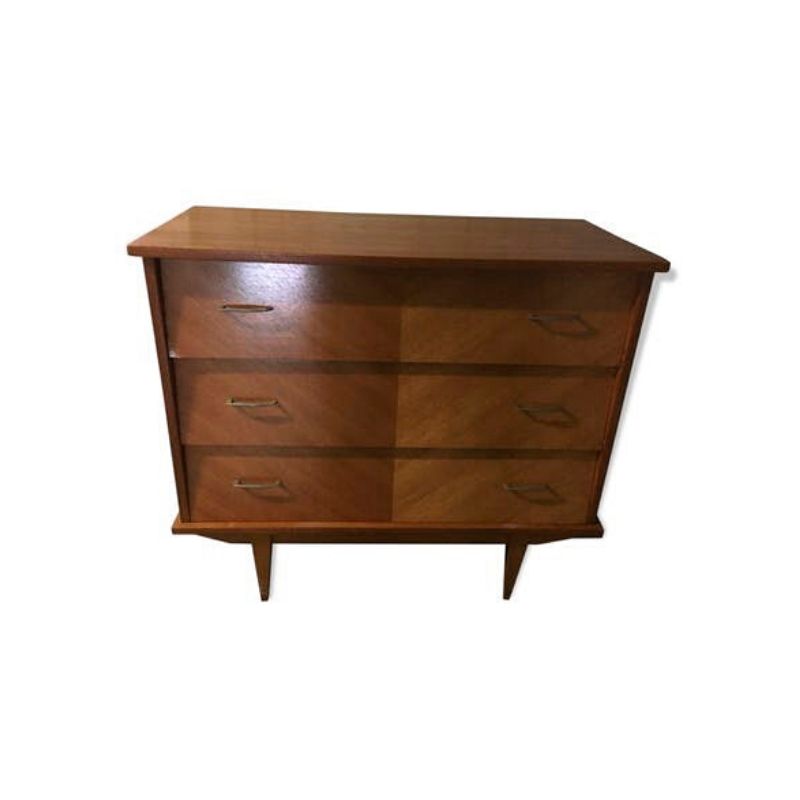I would like to share my last find with you.
Last week-end I was in a street fleamarket in Brussels. Suddenly the specific part of my brain reserved to spot Scandinavian teak objects launched an alert. I stopped and saw a strange wooden ball on the top of a vase. A dialog between the seller and me began:
Me: What's this? A pipe?
Seller: No idea
Me: How much?
Seller: 1 euro
Me: It's a bit expensive for a piece of wood without any known function. But ok, I'll take it.
I paid and I went away with my "piece of wood". I still didn't know what it was, but I began to have a good look at it and had a guess.
The confirmation came when I took off the black cylinder in the middle. It's a very nice pair of salad servers.
Do I need to put a designer name on it to enjoy this beautiful object? No!
The pleasure of making this kind of discovery on a Brussels' pavement and the admiration that I have for the craftmanship needed to do this object are enough for me.
Do you have an idea of how it's been made? It's turned wood, of course, but it seem extremely complicated to do.
Do you also, sometimes buy objects without knowing their function?
 <img class="wpforo-default-image-attachment wpforoimg" src=" http://old.designaddict.com/sites/default/files/forum/sal
<img class="wpforo-default-image-attachment wpforoimg" src=" http://old.designaddict.com/sites/default/files/forum/sal 
Great find
And a wonderful design.
And to answer your question, yes. I've bought things purely for their aesthetic value. I have a pair of large wood pieces that look kind of like oversize needles. They are made of beautiful rosewood and have leather strings threaded through them at the tops. I've yet to figure out what they are for, but they certainly are striking decorative objects.
Pegboard-My Grandmother was...
Pegboard-My Grandmother was a knitter, sounds like knitting needles?
I haven't encountered anything well designed with an unknown purpose and anonymous. I do encounter Ikea products whose purpose baffle me. Sometimes they're still in their original package, but no writing supporting their intended purpose. Often times the form is exceptional.
I think its a split turning (...
I think its a split turning (see link) although separating the halves would be a delicate operation. The varying thickness of the rim looks to me like the bowl has been carved out afterwards although this could be done with a drill press and a small semicircular convex cutting bit by holding each half in a jig, a negative of the half. Cutting the opening could be done with a linisher although how the angled inner edge was done I'm not sure, a large tapered bit? SDR?
http://www.newwoodworker.com/turning/splitturngs.html
If you need any help, please contact us at – info@designaddict.com



